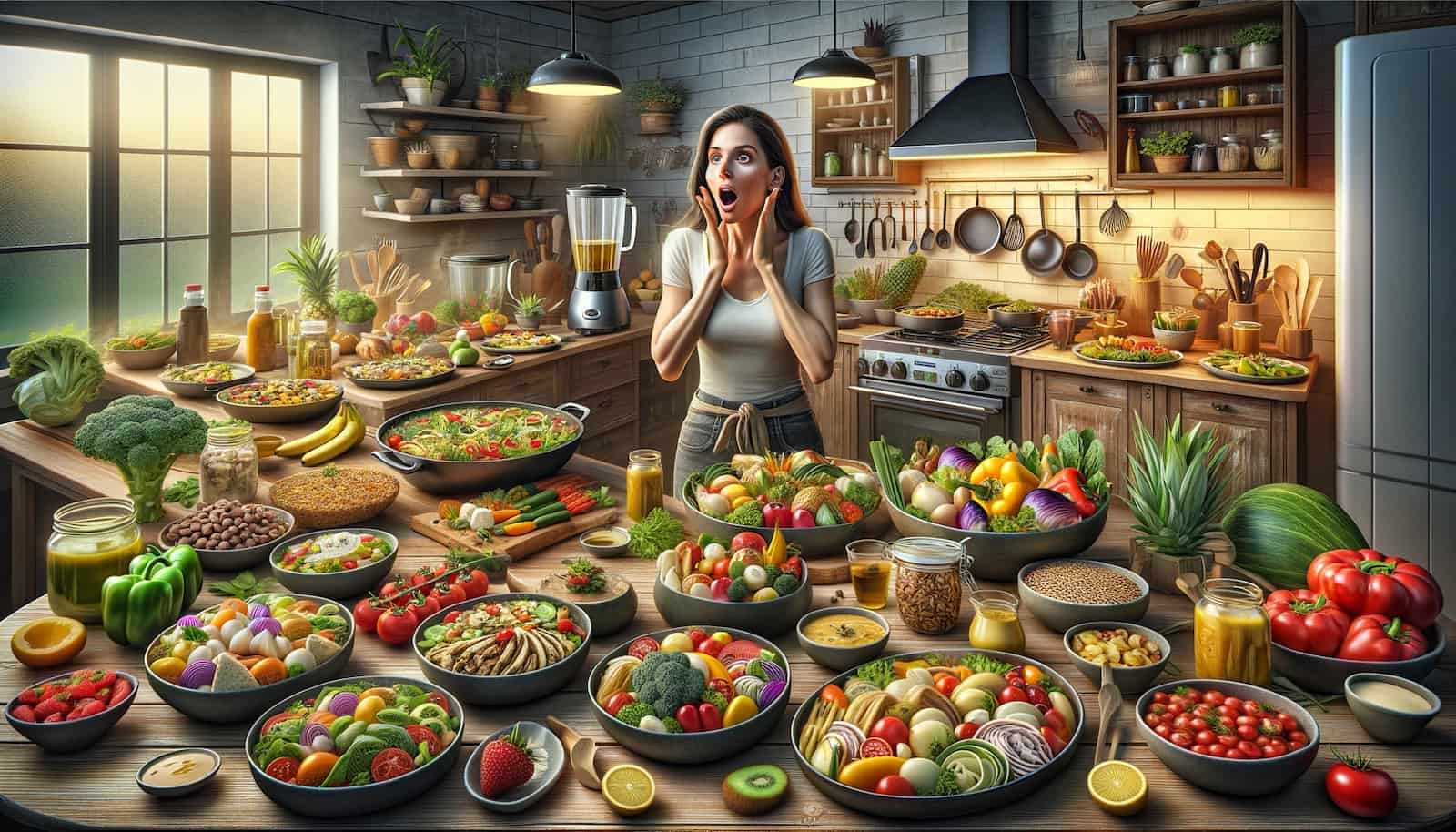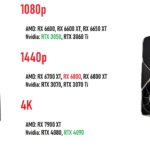Losing weight can feel like navigating a maze of conflicting information. What really works? And what’s just a myth? Let’s explore the science behind weight loss, uncover some common misconceptions, and provide practical strategies to help you achieve your weight loss goals effectively and sustainably.

The Science Behind Weight Loss: How It Really Works
Understanding weight loss starts with knowing how your body burns fat. Here’s a simplified view:
- Caloric Deficit: Weight loss occurs when you consume fewer calories than you burn. Your body then uses stored fat for energy, leading to weight loss.
- Metabolism: This is the process by which your body converts food into energy. A higher metabolism burns more calories, aiding weight loss.
- Hormonal Influence: Hormones like insulin and leptin play crucial roles in regulating hunger and fat storage. Balancing these hormones can impact weight loss.
Does Working Out Help with Weight Loss? The Truth
Exercise is an essential component of weight loss but not the sole factor:
- Calorie Burn: Physical activity burns calories, which contributes to a caloric deficit when combined with a balanced diet.
- Muscle Mass: Building muscle through exercise increases your resting metabolic rate, meaning you burn more calories at rest.
- Overall Health: Regular exercise improves cardiovascular health, strengthens bones, and boosts mental well-being, supporting your overall weight loss journey.
How to Lose Weight Without Starving Yourself
Starving yourself is not a sustainable or healthy approach to weight loss. Instead, focus on:
- Balanced Meals: Eat a variety of nutrient-dense foods including vegetables, fruits, lean proteins, and whole grains.
- Portion Control: Manage portion sizes to maintain a caloric deficit without feeling deprived.
- Frequent, Smaller Meals: Eating smaller, frequent meals can help manage hunger and maintain energy levels.
The Role of Diet vs. Exercise in Weight Loss
Both diet and exercise are crucial, but their roles differ:
- Diet: Typically, weight loss is more influenced by diet than exercise. Reducing calorie intake through healthy eating is often more effective than exercise alone.
- Exercise: While it burns calories and builds muscle, exercise alone is less effective without a proper diet. It complements dietary changes for better results.
How to Build a Sustainable Weight Loss Plan
A sustainable weight loss plan should include:
- Realistic Goals: Set achievable weight loss goals, aiming for 1-2 pounds per week to ensure steady progress.
- Healthy Eating Habits: Develop a meal plan that includes a variety of foods you enjoy, ensuring long-term adherence.
- Regular Physical Activity: Incorporate a mix of cardio and strength training exercises that fit your lifestyle.
- Support System: Engage with a support network or weight loss group to stay motivated and accountable.
The Best Low-Calorie Foods for Weight Loss
Low-calorie foods can help you stay full while losing weight:
- Vegetables: Leafy greens, cucumbers, and bell peppers are low in calories and high in fiber.
- Fruits: Berries, apples, and watermelon provide vitamins and fiber with fewer calories.
- Lean Proteins: Chicken breast, tofu, and fish are excellent sources of protein without excess calories.
- Whole Grains: Foods like quinoa and brown rice are filling and provide sustained energy.
Why Walking is More Effective for Weight Loss than Intense Workouts
Walking might surprise you with its effectiveness:
- Consistency: Regular walking can be easier to maintain than intense workouts, leading to more consistent calorie burning.
- Low Impact: Walking is gentle on the joints, making it accessible for people of all fitness levels.
- Stress Reduction: It helps lower stress levels, which can aid weight loss by reducing stress-related eating.
How to Calculate Your Caloric Needs for Weight Loss
Calculating caloric needs involves:
- Determine Basal Metabolic Rate (BMR): This is the number of calories your body needs at rest. Use the Harris-Benedict equation or an online calculator.
- Factor in Activity Level: Multiply your BMR by an activity factor (e.g., sedentary, moderate, active) to find your total daily energy expenditure (TDEE).
- Create a Deficit: To lose weight, consume fewer calories than your TDEE. Aim for a deficit of 500-1000 calories per day for gradual weight loss.
The Impact of Portion Control on Weight Loss
Portion control helps manage calorie intake:
- Use Smaller Plates: This can help you eat less while still feeling satisfied.
- Understand Serving Sizes: Learn what constitutes a serving size for different food groups.
- Avoid Eating from the Package: Serve food onto a plate rather than eating directly from a bag or container.
How to Lose Weight Without Going to the Gym
You can achieve weight loss outside of the gym by:
- Home Workouts: Use bodyweight exercises, resistance bands, or home gym equipment.
- Active Hobbies: Engage in activities like gardening, hiking, or dancing that keep you moving.
- Daily Movement: Incorporate more movement into your day, such as walking or cycling instead of driving.
How to Manage Hunger When Dieting
Managing hunger is key to sticking with a diet:
- High-Fiber Foods: Foods like vegetables, fruits, and whole grains keep you full longer.
- Hydration: Sometimes thirst is mistaken for hunger. Drink water regularly.
- Protein-Rich Snacks: Include snacks with protein to help curb hunger between meals.
The Importance of Sleep in Weight Loss
Sleep is crucial for weight management:
- Hormonal Balance: Poor sleep can disrupt hormones that control hunger, leading to increased appetite.
- Recovery: Adequate sleep supports recovery from exercise and helps regulate metabolism.
- Energy Levels: Good sleep improves energy levels, making it easier to stay active and stick to your weight loss plan.
What to Eat for Breakfast to Lose Weight
A healthy breakfast can kickstart your metabolism:
- High-Protein Foods: Options like eggs, Greek yogurt, or protein smoothies help keep you full.
- Whole Grains: Oatmeal or whole-grain toast provides sustained energy and fiber.
- Fruits and Vegetables: Add berries, spinach, or avocados to your breakfast for extra nutrients.
How to Stay Motivated on Your Weight Loss Journey
Staying motivated can be challenging:
- Set Short-Term Goals: Break your weight loss journey into smaller, achievable goals.
- Track Your Progress: Use a journal or app to monitor your food intake and exercise.
- Celebrate Successes: Reward yourself for reaching milestones (without food rewards).
- Stay Positive: Focus on progress, not perfection. Remind yourself of the benefits of your efforts.
The Dangers of Extreme Dieting for Weight Loss
Extreme dieting can be harmful:
- Nutrient Deficiency: Severely restricting calories can lead to deficiencies in essential vitamins and minerals.
- Metabolic Slowdown: Extreme diets can slow down your metabolism, making it harder to lose weight long-term.
- Mental Health Issues: Extreme dieting can contribute to disordered eating patterns and affect mental well-being.
How Stress Affects Your Weight Loss Goals
Stress can impact weight loss in several ways:
- Hormonal Changes: Stress increases cortisol levels, which can lead to cravings for unhealthy foods.
- Emotional Eating: Stress may cause some people to eat more as a way to cope.
- Impact on Metabolism: Chronic stress can disrupt metabolic processes, making it harder to lose weight.
The Role of Fiber in a Weight Loss Diet
Fiber supports weight loss by:
- Promoting Fullness: High-fiber foods like vegetables and whole grains help you feel full longer.
- Regulating Digestion: Fiber aids digestion and helps maintain regular bowel movements.
- Balancing Blood Sugar: Fiber helps stabilize blood sugar levels, reducing cravings and energy crashes.
How to Manage Emotional Eating for Weight Loss
Managing emotional eating involves:
- Identify Triggers: Recognize situations or emotions that lead to emotional eating.
- Find Alternatives: Develop healthier coping mechanisms, like exercise or meditation, to deal with emotions.
- Mindful Eating: Practice mindful eating techniques to become more aware of your hunger and fullness cues.
The Best Foods to Burn Belly Fat
While no food can specifically target belly fat, certain foods can support overall fat loss:
- Lean Proteins: Chicken, fish, and legumes help build muscle and increase metabolism.
- Healthy Fats: Avocados, nuts, and olive oil support fat loss and overall health.
- Green Tea: Contains antioxidants that may help increase fat burning.
How to Measure Progress on Your Weight Loss Journey
Tracking progress helps you stay on track:
- Weigh Yourself: Regularly check your weight, but remember that fluctuations are normal.
- Body Measurements: Measure your waist, hips, and other areas to track changes in body composition.
- Progress Photos
: Take before-and-after photos to visually document your changes.
- Fitness Levels: Track improvements in endurance, strength, or flexibility.
By understanding the science behind weight loss and applying effective strategies, you can work towards your goals in a healthy and sustainable way. Remember, consistency and patience are key to achieving lasting results.










